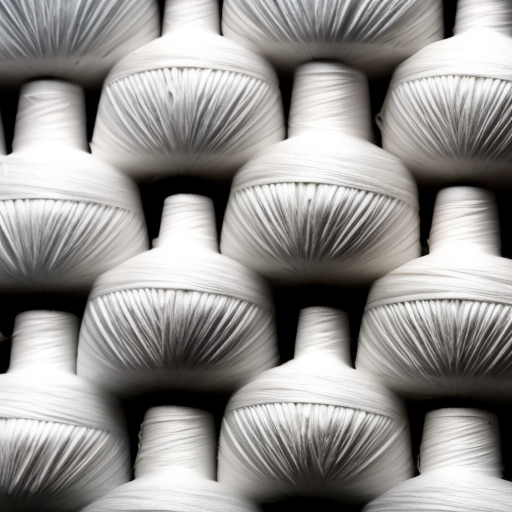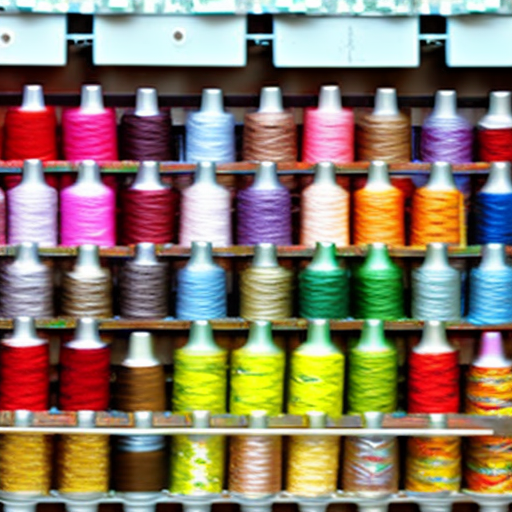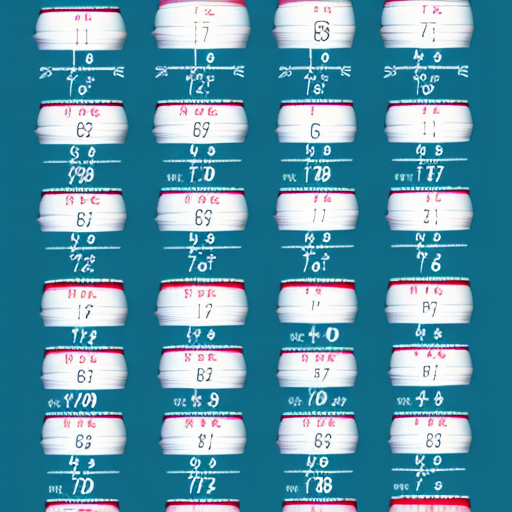
Sewing threads play a crucial role in garment manufacturing and can significantly impact the overall quality of the finished products. Whether you are a professional fashion designer or a hobbyist, it is essential to understand the importance of using high-quality sewing threads for optimal results. Here are some key factors to consider when evaluating thread quality:
- Strength: A top-quality thread should possess excellent tensile strength. This ensures that the stitches can withstand regular wear and tear without breaking or unraveling, providing durability to the garment.
- Uniformity: Consistency in thread thickness throughout its length is vital. Inconsistent thread diameters may cause uneven tension, compromising the stitch’s appearance and durability.
- Colorfastness: Thread color should remain stable when exposed to various factors, including light, washing, and ironing. Poor-quality threads can fade or bleed, leading to color inconsistencies in the garment.
- Resistance: Threads with high resistance to abrasion, chemicals, and heat are preferred, as they ensure longevity. Such threads can handle demanding sewing processes and retain their strength and integrity even under harsh conditions.
- Smoothness: Smooth threads are less likely to cause friction, which can result in skipped stitches or needle breakage. It also contributes to the overall seam quality, enhancing the garment’s aesthetic appeal and comfort.
To ensure you are using high-quality sewing threads, consider purchasing from reputable suppliers who adhere to strict manufacturing standards. Always examine the thread’s label for relevant information such as the thread’s fiber content, thread weight, and recommended needle size. Take note of any certifications or quality guarantees provided by the manufacturer.
Investing in premium sewing threads might require a slightly higher budget, but it pays off by enhancing the overall quality and longevity of your garments. Remember, the thread is the backbone of your stitches – compromising on its quality can lead to disappointing outcomes.
It is also essential to store your sewing threads properly. Keep them away from direct sunlight, excessive humidity, and extreme temperatures, as these factors can degrade the thread’s quality over time. Storing threads in a cool, dry place, preferably in thread organizers or containers, will help maintain their integrity.
Regularly inspect your sewing threads before each use to ensure there are no signs of fraying, knots, or damage. Replace any compromised threads promptly to avoid stitching flaws that can affect the overall appearance and durability of the garment.
In conclusion, sewing thread quality is a critical aspect of garment manufacturing. By selecting high-quality threads, you can create durable, aesthetically pleasing garments that stand the test of time. Understanding the key factors that contribute to thread quality and implementing proper storage and maintenance practices will further enhance your sewing experience and the quality of your finished products.





Good quality thread makes all the difference in the end product!
Pankaj Sharma: Absolutely true, always check the quality of thread before purchasing to make sure the final product looks great.
#Agreed! High quality thread can go a long way in producing a beautiful finished product. It’s always worth investing in quality materials when it comes to sewing projects!
Definitely! Quality thread can help make sure your designs have a professional look and feel. #ThreadQualityMatters